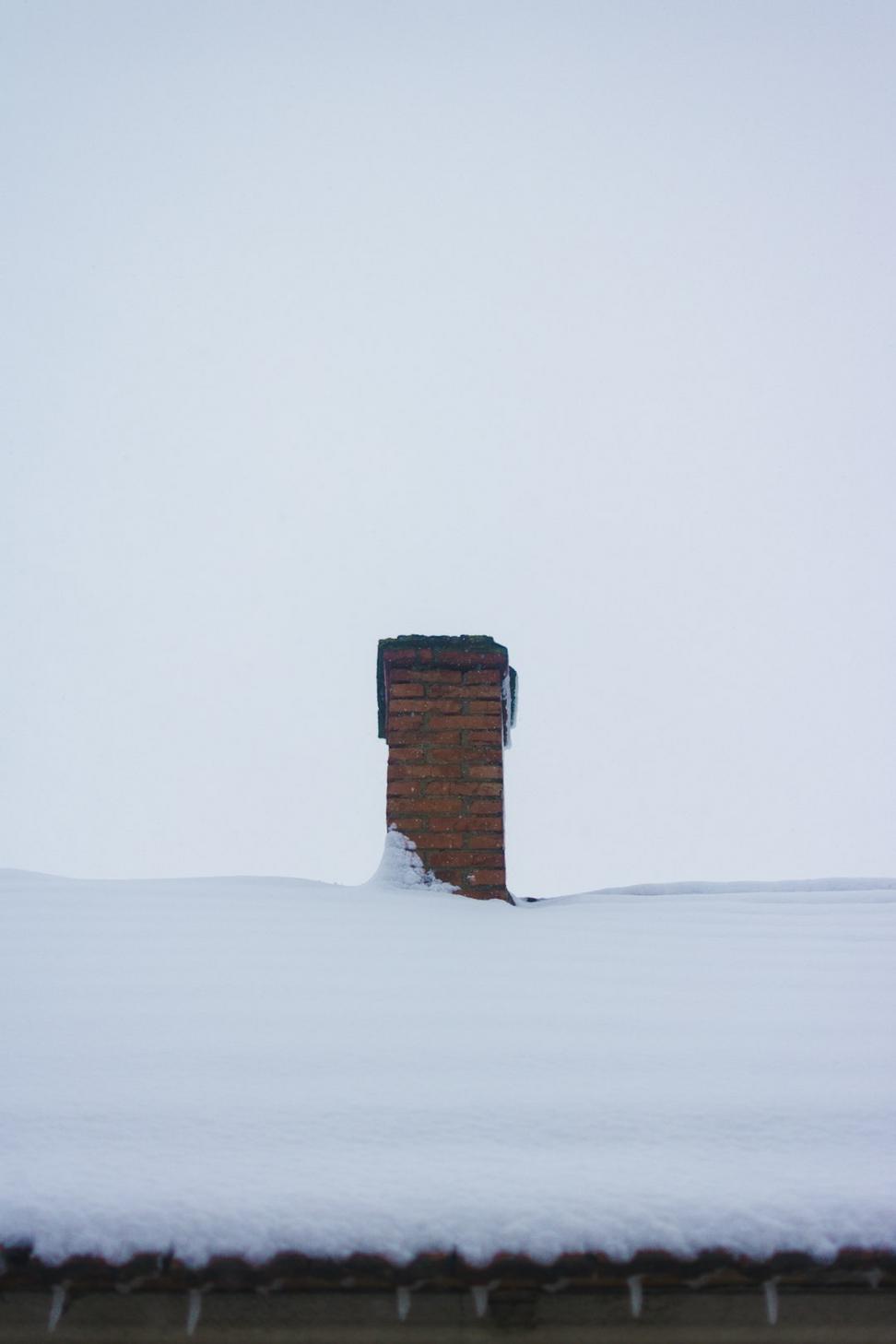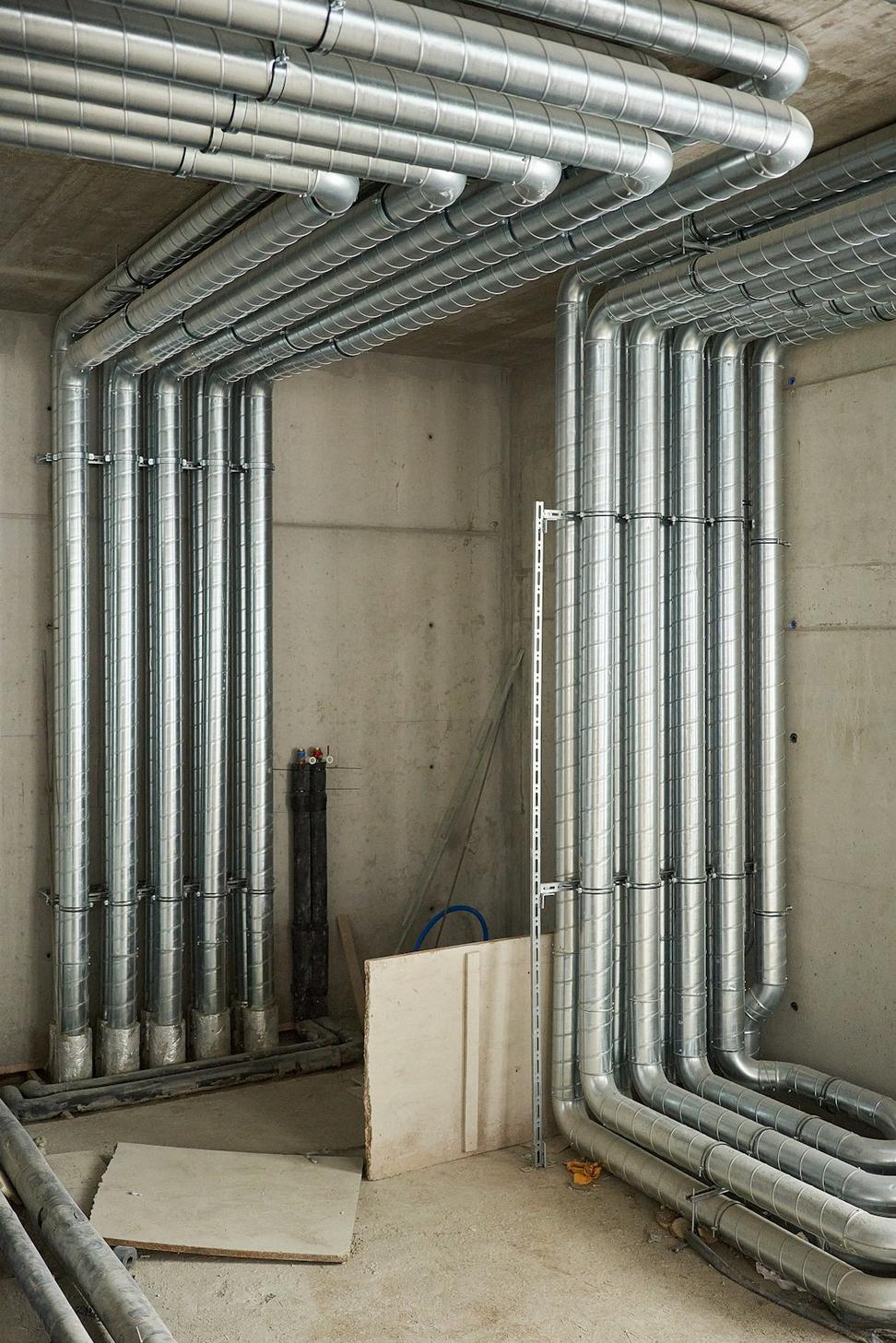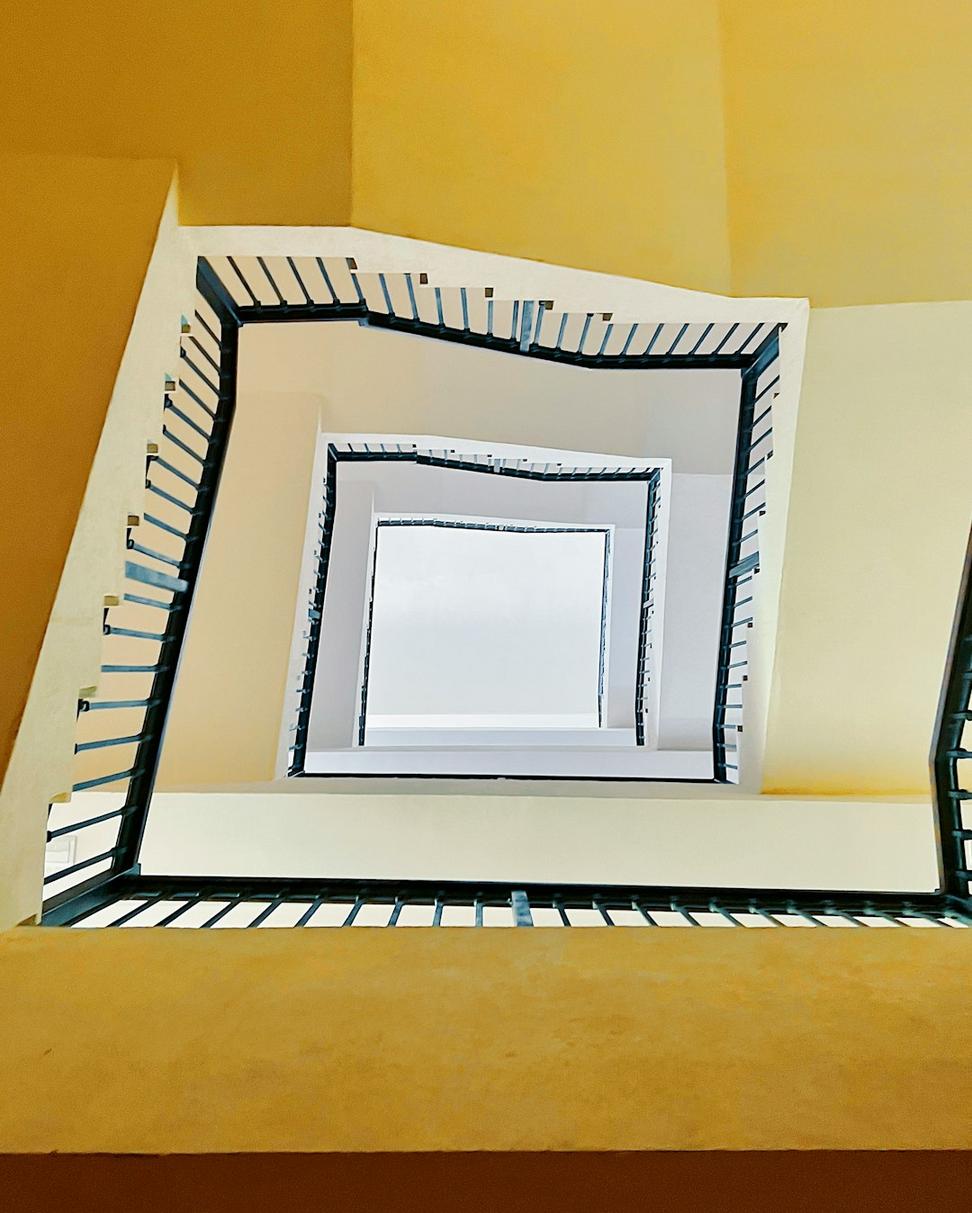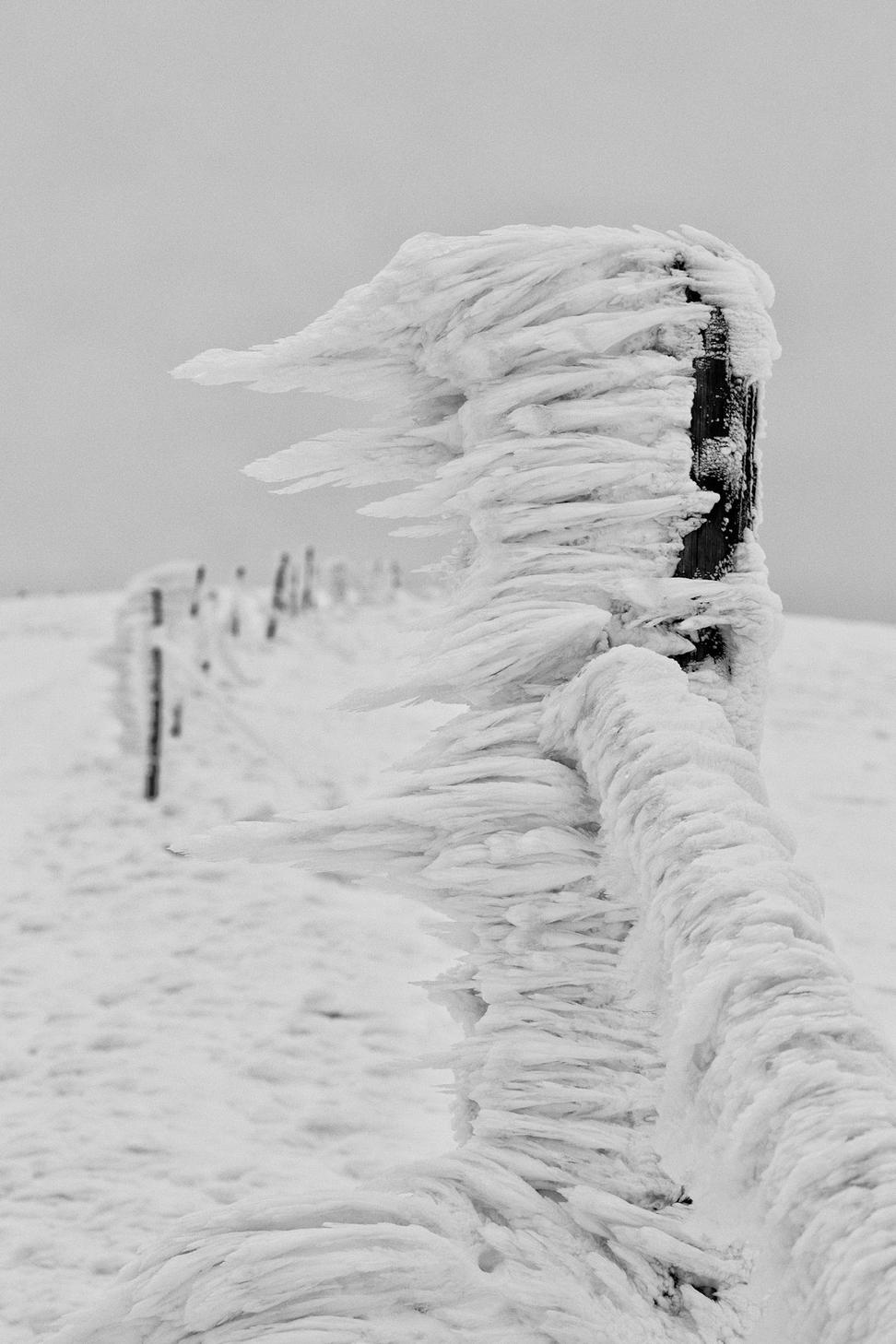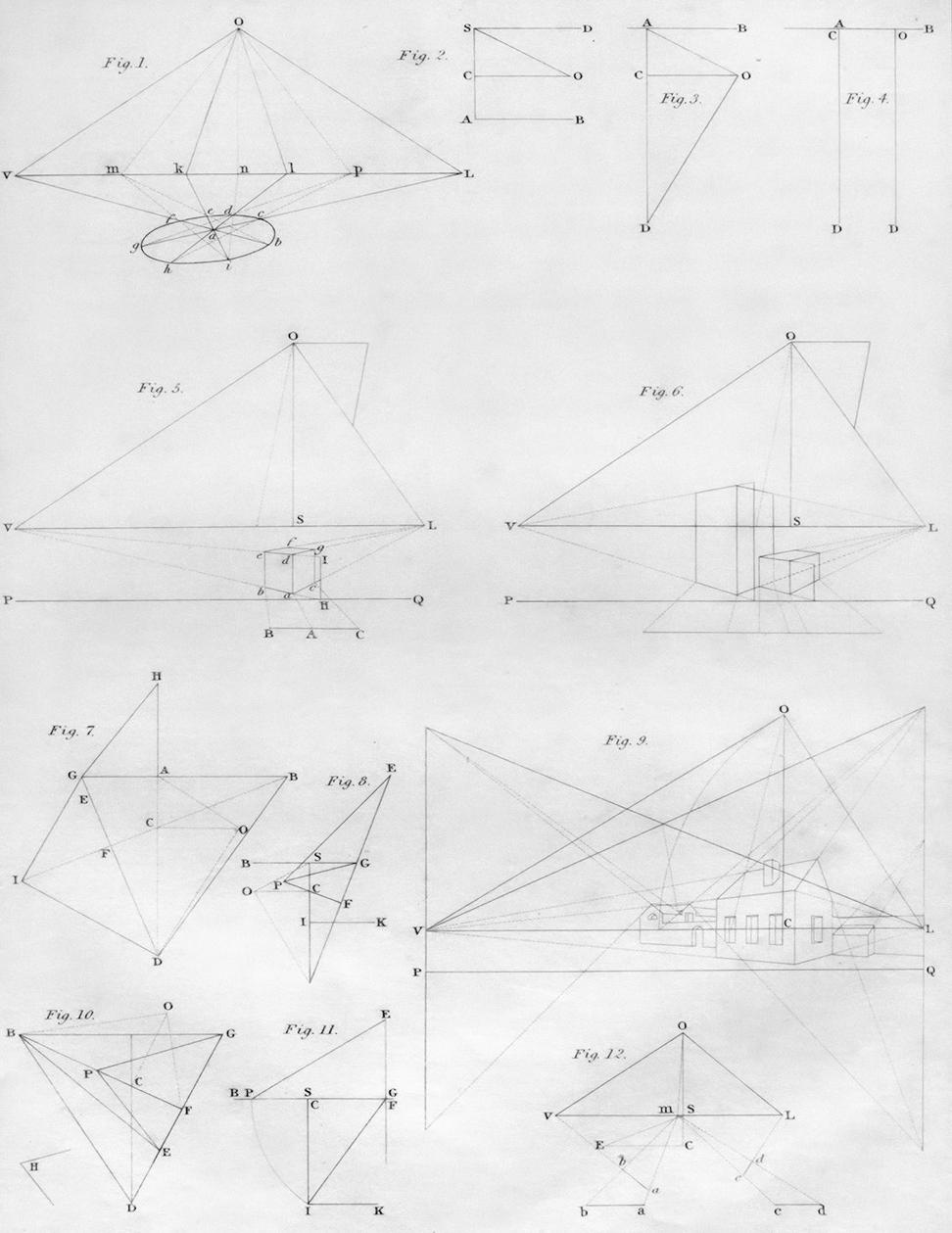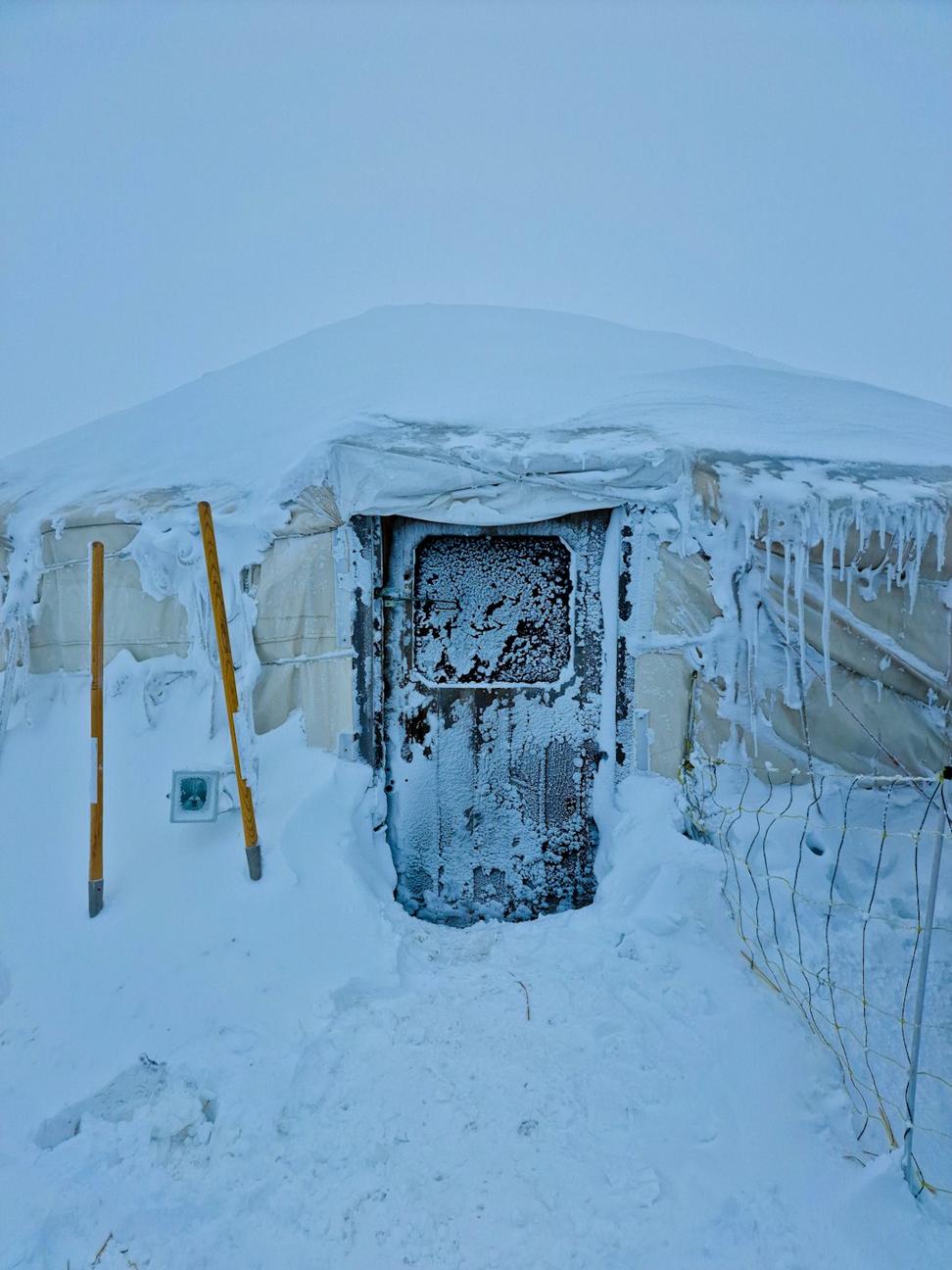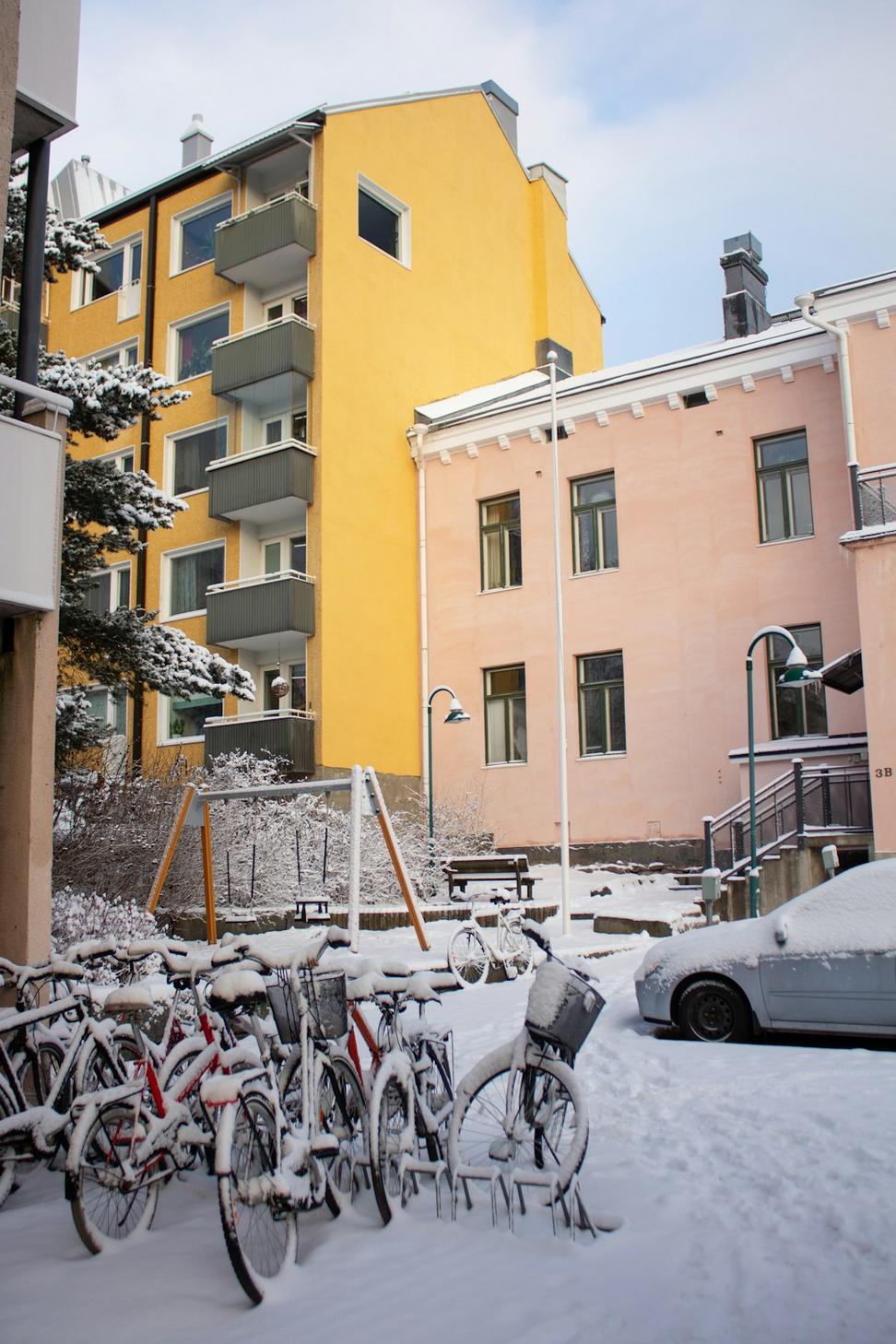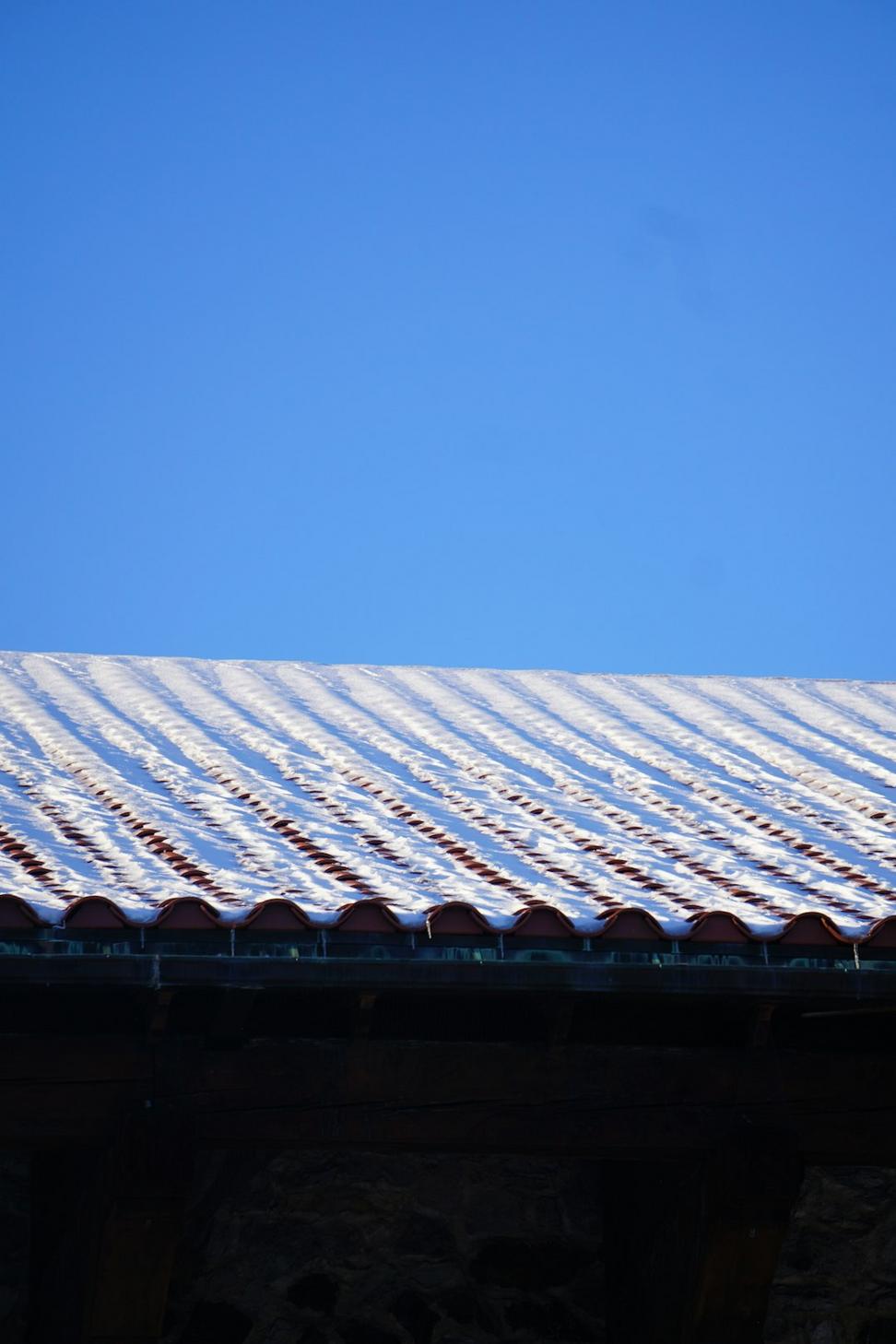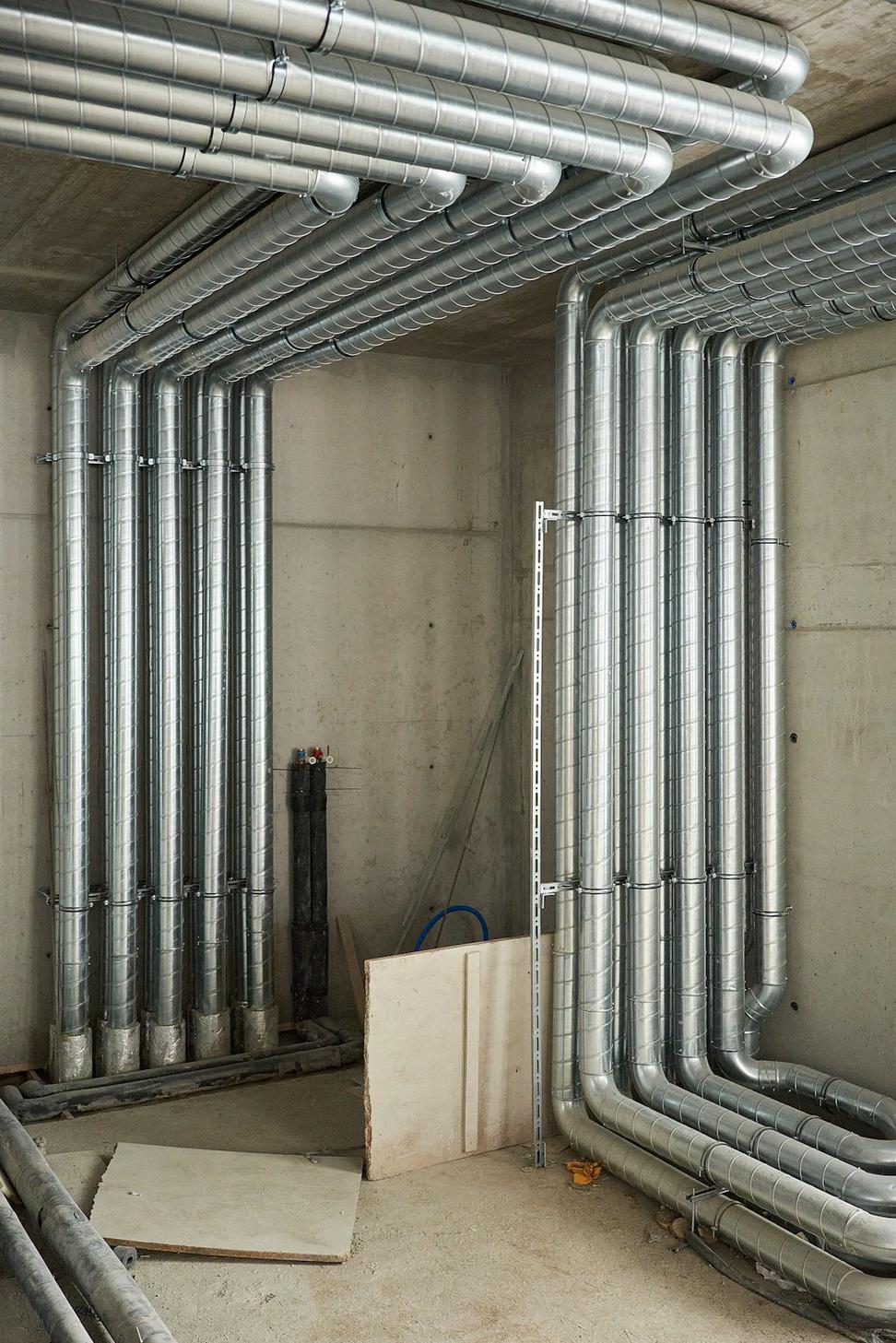The Northern Reality
Look, there's no magic bullet here. Cold climate architecture is about layers - literal and metaphorical. Every project we've done has taught us something new about how buildings behave when the thermometer drops below what most people consider survivable.
We're talking thermal bridging that'll wreck your heating bills, moisture migration that shows up three winters later, and wind patterns that laugh at your computer models. This stuff matters, and honestly? It's fascinating when you get into it.
